A History of Healing
In a recent Washington Post column titled “I Don’t Want Your God in Charge of My Healthcare,” the author lamented that Catholic hospitals forbid certain procedures, specifically abortions and gender-affirming surgeries. The column highlighted the growing claim that religious organizations shouldn’t impose their religious beliefs on patients.
This argument disregards that most of the hospital systems across the United States were founded by religious organizations. In fact, healthcare around the world would look drastically different had the faithful been kept from practicing their religious beliefs on the sick, the poor, and the destitute.
In the ancient Greco-Roman world, the sick were tossed out onto the streets and the disabled and homeless left to fend for themselves. Enter Jesus Christ: “The blind receive their sight and the lame walk, lepers are cleansed and the deaf hear, and the dead are raised up, and the poor have good news preached to them” (Matthew 11:5). Christ’s followers, modeling their lives after his, heralded a more humane way to address human suffering.
Historians have argued that the hospital was, in origin and conception, a distinctly Christian institution. Mike Aquilina of Angelus News posits, “The hospital did not happen in a pre-Christian world. We should wonder, then, whether it can survive long in a post-Christian world.” As the secularized culture attempts to strip healthcare of religion, let us commit to Christlike compassion. You may not be called to build a hospital or go to medical school, but you can offer a bowl of soup, provide support for those who are hurting, and step in when others would step out. Most of all, we can offer what Christ’s followers have offered throughout history—the hope of true healing in his saving power.
Care through the Centuries
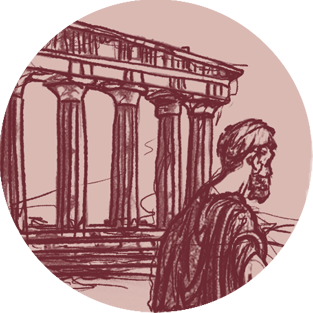
No Care, No Hope
1st Century
Aside from the dubious healing rituals offered at the Greek temples to Asclepius (the god of medicine) and the valetudinarium of Rome (essentially repair shops for soldiers and slaves), the general public had no place to receive medical assistance.
Winds of Change
Early 2nd Century
Inspired by the words and actions of Jesus, the early church embodied compassion by providing aid and comfort to the sick, the poor, the mentally ill, the widow, the orphan—even the leper. Deacons and deaconesses prepared the way for what would become our hospitals of today.
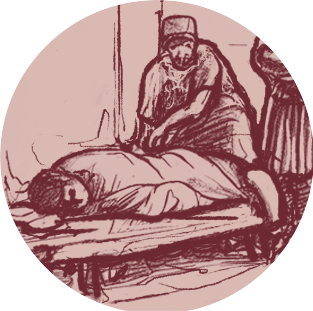
Radical Compassion
Mid-3rd Century
Christian compassion gained notoriety as a plague devastated the Roman Empire. As the pagans were turning out their own in fear of this contagious epidemic, the Christians ministered to the sick who were dying in the streets, bringing them into their own homes for restorative and palliative care.
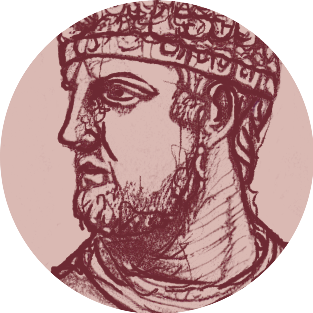
Upping the Ante
Mid-4th Century
Roman Emperor Julian the Apostate rejected the Christian faith and attempted to reinstate traditional Roman religion. He realized that his greatest obstacle was Christian compassion. He acknowledged that if the old religion wanted to succeed, it would need to care for people even better than the Christians.

Incubators of Progress
Late 4th Century
Christian-founded hospitals allowed groups of medical professionals to work together, promoting research and medical progress. By the end of the fourth century, most hospitals included some forms of ambulance, paramedic, and pharmaceutical services as well.
Ministry and Ministration
Mid-7th Century
In medieval times, Hôtels-Dieu (Hostels of God) began to spread across France. As the name implies, they were places of both hospitality and religion. Strategically placed along the main pilgrimage routes, they hosted weary travelers as well as the sick, the poor, and the elderly. The first was established in Paris near Notre-Dame Cathedral.

Enter Education
Mid-8th Century
The Holy Roman Emperor Charlamagne decreed that each cathedral and monastery should have an attached hospital as well as a medical school. Monastic medicine flourished in the abbeys, which often were the main reference point for health care for all residents (common people, nobles, or clergy).
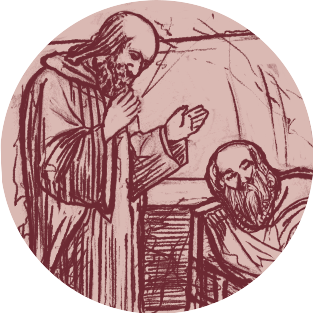
Uncloistered
Late 11th Century
An earlier concept of care and hospitality, started by Saint Benedict to heal monks and welcome guests, branched and blossomed as Augustinian canons (religious orders) recognized the need to help people outside the cloister. By the mid-1500s, roughly 37,000 Benedictine monasteries cared for the poor and sick across Western Europe.
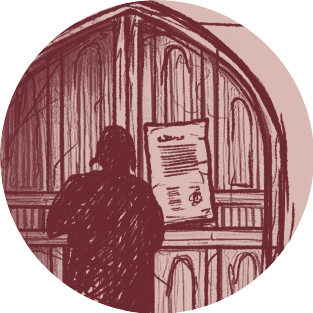
Suppression
Early 16th Century
King Henry VIII broke with the Roman Catholic church and suppressed the monasteries. The dissolution of the monasteries impacted the network of hospitals and almshouses that had developed around religious institutions. Hospitals were closed, and those who lived in almshouses were forced out.

Across the Sea
Mid-18th Century
Dr. Thomas Bond, a Quaker, enlisted Ben Franklin’s help in establishing the first American hospital “to care for the sick-poor and insane who were wandering the streets of Philadelphia.” The image and inscription chosen for the hospital seal reflected the parable of the Good Samaritan.
Resurgence
Late 18th Century
Preachers John Wesley and George Whitefield ushered in a religious revival in England, unleashing an enormous surge of Christian outreach throughout Western Europe. A new Age of Hospitals began. Devout Christians built institutions for the sick-poor, supported mainly by philanthropy.
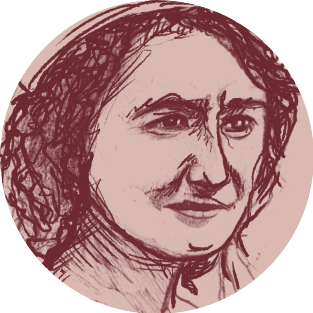
Congestion and Cholera
Mid-19th Century
Hospitals cared for the urban poor in the congested areas of large cities. When cholera and other epidemics struck, wealthy physicians often fled the cities while Christian staff remained to care for the sick and dying. Florence Nightingale made great strides in improving hospital sanitation and, choosing calling over comfort, she became the founder of modern nursing rather than accepting the marriage proposal of a nobleman.

Modernity
Early 20th Century
Hospitals transformed into expensive, modern institutions with a greater emphasis on science and technology, affecting hospital decisions. They became more of a public undertaking, shifting toward efficiencies and cures at the expense of dignity of life and compassionate care.

Rising Costs
Mid- to Late 20th Century
The 1930s and 40s introduced private health insurance and prepaid group healthcare plans. Following World War II, the role of the federal government became increasingly influential. In 1965, Medicare and Medicaid programs were established in the US. The cost of a hospital stay quadrupled in the last half of the century.
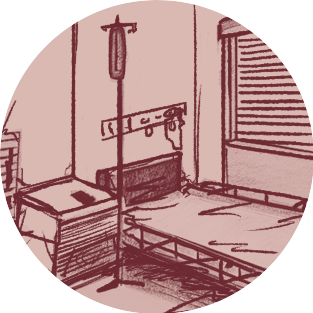
Secularization
21st Century
The role of healthcare has been relegated largely to secularized institutions, even if under the guise of their religious founders. The majority of not-for-profit hospitals are now donating less than 5% of their profits toward charity expenses. Rising costs have led to many hospital closures, primarily in rural and poor urban communities.
Answers Magazine
April–June 2023
Gap theorists insert millions of years between the first two verses of Genesis. But what really lurks in that gap?
Browse Issue SubscribeRecommended Resources

Answers in Genesis is an apologetics ministry, dedicated to helping Christians defend their faith and proclaim the good news of Jesus Christ.
- Customer Service 800.778.3390
- © 2024 Answers in Genesis







